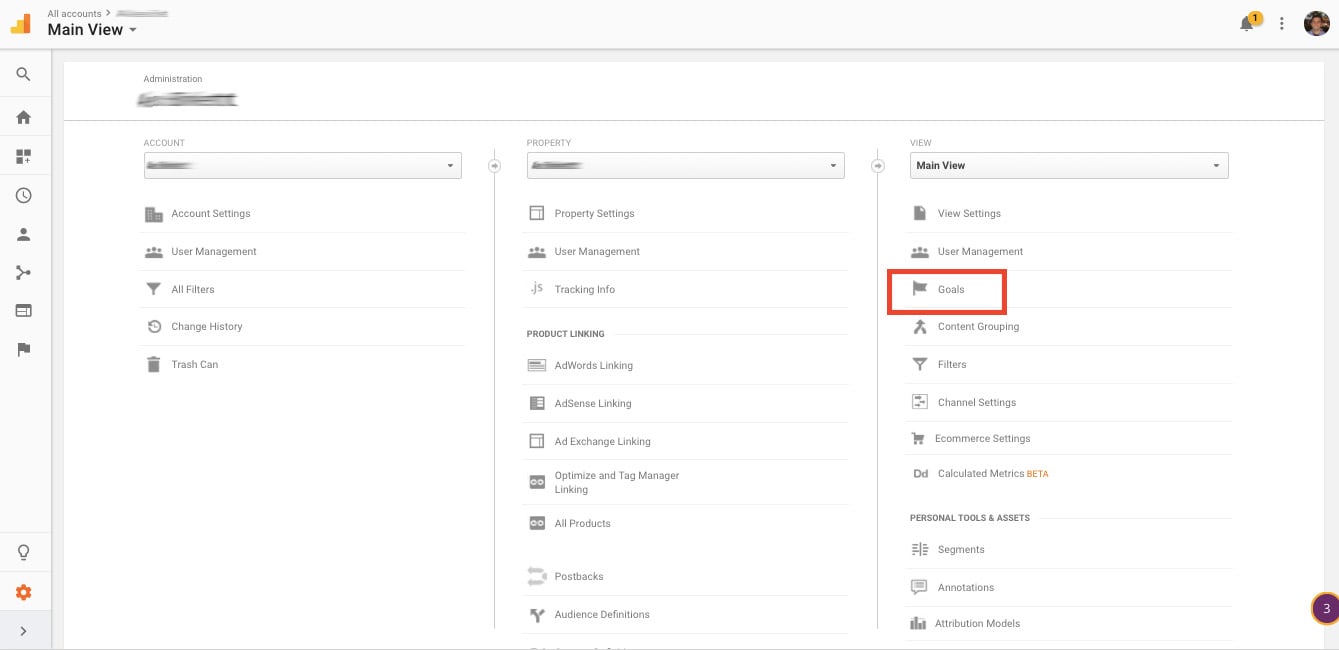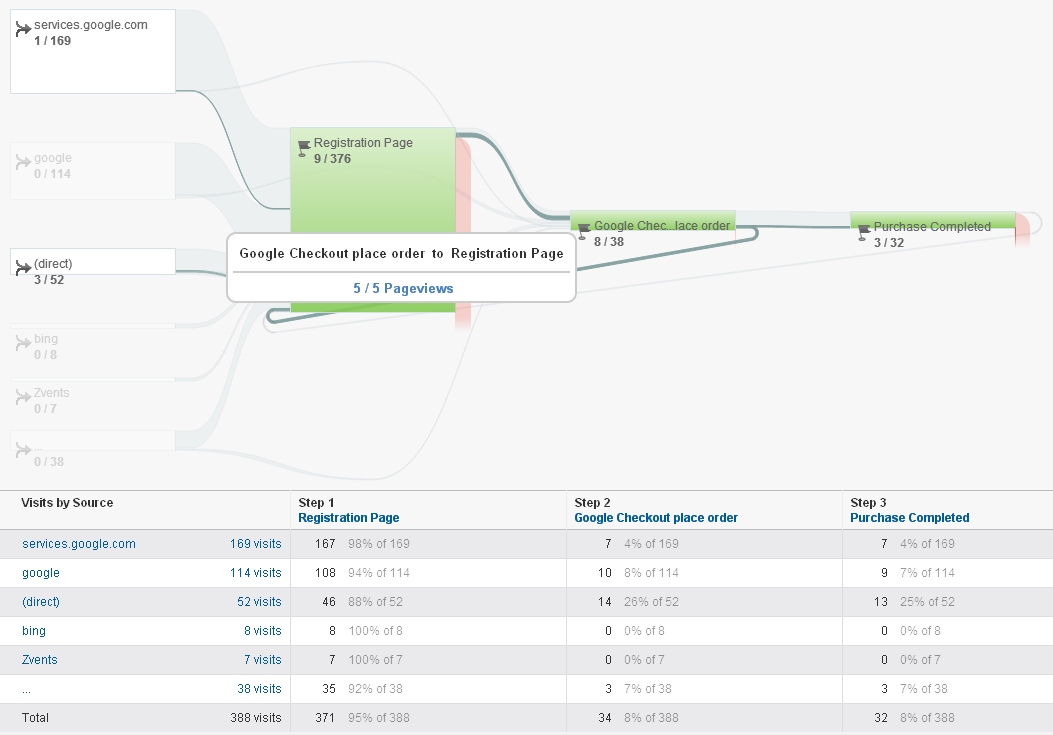What Data Is Google Analytics Goals Unable to Track and Why
Debunking Google Analytics Limitations: Reveal What Data Goals Can not Track
In the realm of electronic analytics, Google Analytics stands as a powerful tool that offers important insights into internet site performance and individual habits. Nevertheless, among its abilities, there exist limitations that usually go undetected. Comprehending what Google Analytics can not track is important for a detailed understanding of data analysis and decision-making processes. From the details of customer communication with dynamic content to the complexities of cross-device user journeys, these restrictions lost light on areas that might stay covered from traditional analytics point of views. By unwinding these restrictions, a clearer image emerges, enabling even more educated approaches and fine-tuned insights right into individual engagement and conversions.

Customer Interaction With Dynamic Material
User communication with vibrant content plays a vital function in recognizing user behavior on web sites and maximizing the overall user experience. Dynamic material describes components on a webpage that can change without the requirement for a complete web page reload. This includes interactive elements such as pop-ups, sliders, forms, and videos that reply to customer activities in real-time. By tracking user interactions with vibrant web content, site owners can obtain valuable insights into customer involvement, preferences, and habits.
Google Analytics offers various tools to track individual communications with vibrant web content, such as event tracking and virtual pageviews. Event tracking allows you to keep an eye on details customer activities, like clicking a switch or enjoying a video, offering information on how customers engage with vibrant aspects.
Cross-Device Individual Journeys
How can contemporary analytics tools track the complicated courses customers take across several gadgets in their on-line trips? Cross-device customer trips present a considerable obstacle for tracking and examining user habits properly. As users communicate with websites or apps using numerous devices such as tablet computers, smartphones, and desktop computers, it comes to be important to comprehend just how they relocate in between these systems to optimize individual experience successfully.
Google Analytics encounters constraints in tracking cross-device customer trips because of personal privacy worries and technical restraints - what data is google analytics goals unable to track. While it can provide insights right into specific tools' communications, tracking a seamless individual journey throughout multiple tools continues to be a difficulty. This limitation can result in insufficient information and fragmented user insights, making it hard for organizations to produce a unified sight of the consumer trip
To address this problem, businesses can utilize sophisticated analytics devices that use cross-device monitoring capacities, allowing them to acquire a much more alternative understanding of customer habits. By leveraging these devices, services can link the space in tracking cross-device individual trips and enhance their digital methods for a smooth individual experience.
Offline Conversions and Acknowledgment
As organizations browse the obstacles of tracking cross-device customer trips, an additional essential element to take into consideration is the world of offline conversions and acknowledgment in the realm of information analytics. While Google Analytics offers valuable understandings into on the internet customer actions, it fails when it pertains to tracking conversions that take place offline. This restriction positions a substantial obstacle for organizations that have both online and offline sales channels.
Offline conversions, such as acquisitions made in physical shops or with telephone call centers, are important to recognizing the complete client trip. Without the capacity to attribute these offline conversions to certain online interactions, businesses may battle to precisely gauge the effect of their electronic advertising initiatives.
To resolve this gap, services can discover alternative remedies such as incorporating CRM systems with online analytics devices or making use of unique promotion codes that can be mapped back to online campaigns. By connecting the void in between YOURURL.com online and offline data, businesses can acquire a much more thorough understanding of their clients' habits and boost their total marketing methods.
Individual User Identification
In the realm of information analytics, the capability to properly determine individual customers throughout different on-line touchpoints is an essential challenge for services looking for to personalize and maximize their marketing strategies. While Google Analytics offers beneficial understandings right into user behavior and interactions, it drops brief in making it possible for the identification of certain people because of privacy concerns and technical constraints. Google Analytics makes use of special identifiers such as cookies to track individual sessions and behavior, but these do not relate to determining private users in a personal sense.

Information From Secure Pages
In spite of the enhancing occurrence of protected pages on websites, obtaining data from these encrypted resources presents an unique obstacle for electronic analytics systems like Google Analytics. Protect pages, indicated by HTTPS in the URL, secure information exchanged between the customer's browser and the site's web server to ensure privacy and protection. While this encryption is crucial for protecting sensitive details, it also positions restrictions for tracking customer behavior and event analytics information.
Google Analytics encounters obstacles in gathering thorough info from protected web pages because of the encryption methods in position. Consequently, specific information factors such as reference resources, keyword searches, and also some individual interactions might not be fully caught when customers access a website with a safe link. This restriction can influence the precision and efficiency of the data analysis, bring about gaps in recognizing individual habits and choices on protected pages.
To browse this challenge, electronic experts might require to check out alternate tracking methods or find here take advantage of other tools specifically designed to collect understandings from safe web pages. By adapting techniques to fit these restrictions, services can still obtain important analytics in spite of the constraints presented by encrypted connections.
Final Thought
In conclusion, Google Analytics has limitations in tracking customer communication with dynamic web content, cross-device customer journeys, offline conversions, private user recognition, and data from safe and secure web pages. Regardless of its important understandings, Google Analytics may not provide a full picture of user interaction across numerous touchpoints.
User communication with dynamic material plays a vital function in understanding user behavior on internet sites and optimizing the total customer experience. By tracking customer interactions with vibrant material, website proprietors can acquire useful understandings into customer interaction, choices, and actions.
Google Analytics uses special identifiers such as cookies to track customer sessions and actions, but these do not equate to determining specific customers in an individual sense.
As a result, certain data points such as reference resources, keyword searches, and also some user interactions may not be completely caught when individuals access a website through a protected connection.In final thought, Google Analytics has restrictions in tracking individual communication with dynamic web content, cross-device customer trips, offline conversions, specific customer recognition, and information from safe and secure web pages.